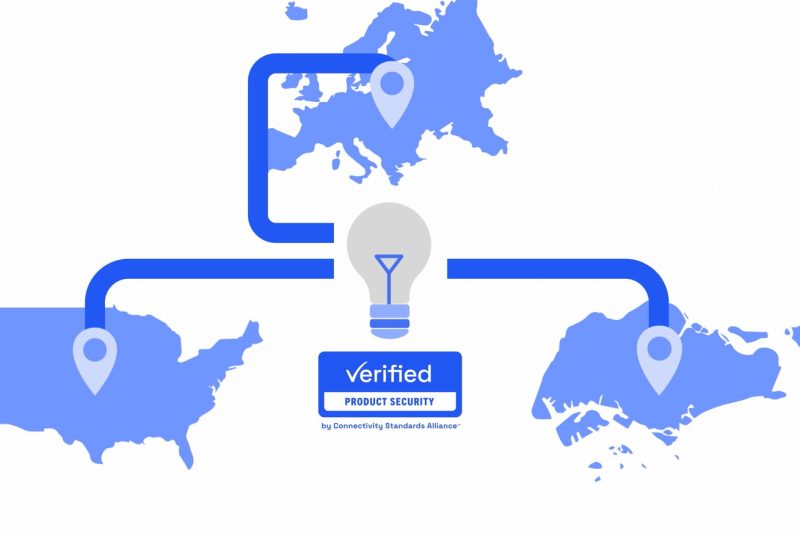The Shift Towards a Global Cybersecurity Standard for Smart Home Devices
With the ever-increasing adoption of smart home devices, the need for a comprehensive cybersecurity standard to protect these devices and their users has become more pressing than ever. While various initiatives and guidelines exist at a regional or industry level, the push towards a unified global standard is gaining momentum. Recent developments suggest that we are on the brink of achieving a crucial milestone in ensuring the security and privacy of smart homes worldwide.
One of the key drivers behind the move towards a global cybersecurity standard for smart home devices is the rising number of cybersecurity incidents targeting these devices. From ransomware attacks to data breaches and unauthorized access, the vulnerabilities inherent in many smart home devices have made them prime targets for malicious actors. As smart home technology continues to proliferate and integrate into our daily lives, the risks associated with inadequate cybersecurity measures have become more pronounced.
At the forefront of the effort to establish a global cybersecurity standard is the collaboration between governments, industry stakeholders, and cybersecurity experts. Recognizing the interconnected nature of the smart home ecosystem, these entities have been working together to develop a set of guidelines and best practices that can be universally adopted and implemented across different regions and industries. By aligning on a common framework for cybersecurity, stakeholders aim to create a more secure and resilient environment for smart home devices and their users.
One of the challenges in establishing a global cybersecurity standard is the diverse landscape of smart home devices and technologies. From smart speakers and thermostats to security cameras and connected appliances, the sheer variety of devices available on the market poses a significant hurdle in developing a one-size-fits-all approach to cybersecurity. However, efforts are underway to categorize and classify different types of smart home devices based on their functionalities and security requirements, allowing for more targeted and tailored cybersecurity measures to be implemented.
In addition to technical considerations, the global cybersecurity standard for smart home devices also encompasses legal and regulatory aspects. Ensuring compliance with data protection laws, privacy regulations, and industry standards is vital in safeguarding the rights and interests of smart home users. By incorporating legal and regulatory requirements into the cybersecurity standard, stakeholders can create a more comprehensive and enforceable framework that holds manufacturers and service providers accountable for the security of their products and services.
As we move closer to the realization of a global cybersecurity standard for smart home devices, it is essential for all stakeholders to remain committed to the collaborative and iterative process of development and implementation. By fostering a culture of information sharing, transparency, and continuous improvement, we can address the evolving cybersecurity challenges facing smart homes and pave the way for a safer and more secure digital future.
In conclusion, the journey towards a global cybersecurity standard for smart home devices represents a significant milestone in our collective efforts to enhance cybersecurity in the digital age. By harnessing the power of collaboration, innovation, and regulatory compliance, we can build a more resilient and trustworthy smart home ecosystem that benefits users, manufacturers, and society as a whole. Let us continue to push forward towards this shared goal and make smart homes safer and more secure for everyone.


























